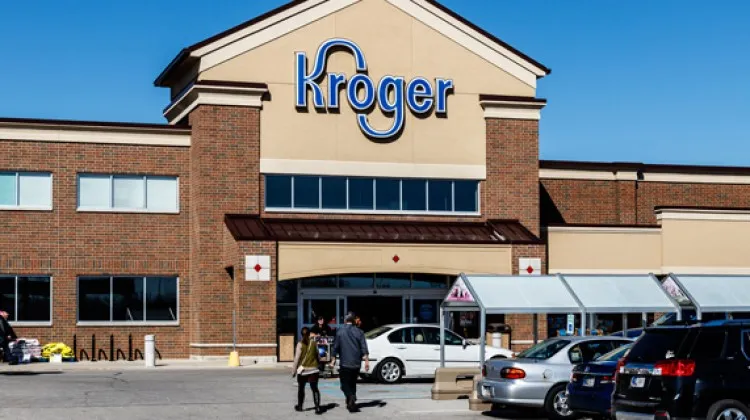It’s clear that high inflation, which some overly optimistic economists had predicted would be a short-lived phenomenon, is now a persistent problem. Nowhere is the financial squeeze it causes more immediately evident to most Americans than at the supermarket.
 Leslie Sarasin, president and chief executive officer of FMI – The Food Industry Association, and Ricky Volpe, an associate professor of agribusiness at California Polytechnic State University, elucidated the origins and trajectory of inflation in the grocery sector at a recent briefing. The current round of food price inflation — which rose 0.9% in January after increasing 0.5% or more in each of the preceding four months — stems from a confluence of factors. Sarasin cited the sudden shifts in demand and shopping patterns triggered by COVID-19, supply chain disruptions, and labor shortages as major contributors.
Leslie Sarasin, president and chief executive officer of FMI – The Food Industry Association, and Ricky Volpe, an associate professor of agribusiness at California Polytechnic State University, elucidated the origins and trajectory of inflation in the grocery sector at a recent briefing. The current round of food price inflation — which rose 0.9% in January after increasing 0.5% or more in each of the preceding four months — stems from a confluence of factors. Sarasin cited the sudden shifts in demand and shopping patterns triggered by COVID-19, supply chain disruptions, and labor shortages as major contributors.
Volpe pointed out that in a thriving economy grocery prices normally rise, albeit at a considerably slower pace than today, noting that 2016 was the only year during the past half century when the consumer price index for food to eat at home declined. Despite that pattern, he asserted that the cost of most food products in the U.S. — measured in constant dollars — is “down in a big way in the long term,” as a result of increased efficiency at every stage of the supply chain.
Sarasin said that supermarket operators are well aware of the burden that inflation represents for consumers. She went on to stress FMI members’ commitment to limiting price increases in the short run, and over time extending their record of enhancing the value they bring to customers.
Retailers and their business partners are also looking to make adjustments across the supply chain to better prepare for future emergencies, recalibrating their strategy, in Sarasin’s words, from just-in-time to just-in-case. To succeed in that endeavor, Volpe said, companies must retool a system that can be rigid and inflexible, in order to make themselves agile enough to respond effectively to whatever challenges might arise.
It’s incumbent on FMI and its members to help inform consumers about what lies behind food price inflation, the complexities of the supply chain and the industry’s long-term success in making food more affordable. The nation’s grocers have been justly recognized for the job they’ve done during the COVID pandemic. The time is right for delivering a message about the work they do every day.






